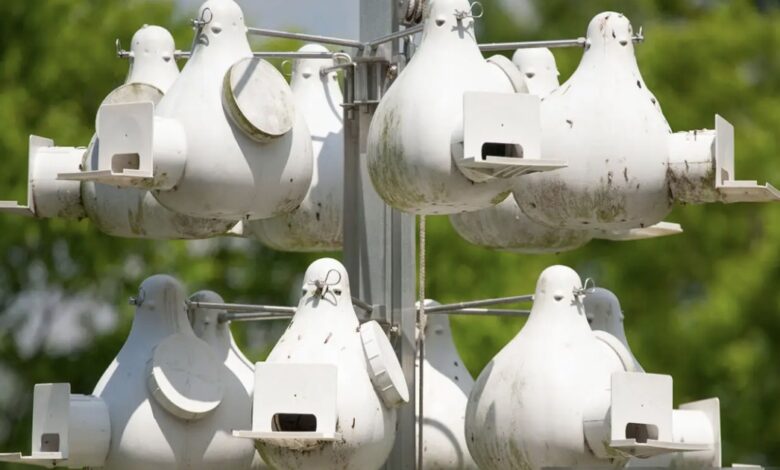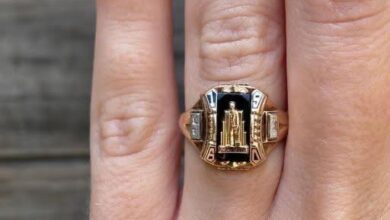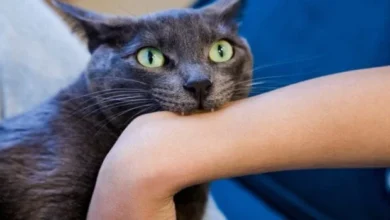
Those Aren’t Cameras! Here’s the Wild Truth Behind Them
Curious Park Poles? They’re Purple Martin Gourd Houses!
If you’ve recently taken a walk through your county park and spotted a tall pole dotted with what look like white surveillance pods or strange weather gear, you’re not alone in your curiosity. Standing at over 12 feet high, this new addition to the open field may seem futuristic or even a bit out of place. But these hanging structures aren’t for weather tracking or cameras. Instead, they’re purple martin gourd houses, and they’re there to help one of North America’s most beloved migratory birds thrive.
What Are Purple Martins?
Purple martins are the largest swallows in North America. Known for their aerial acrobatics and glossy, dark-blue feathers (which appear almost black from a distance), they are a joy to watch as they swoop and dart across open skies catching insects.
Unlike many birds, purple martins rely heavily on man-made housing for nesting. This is especially true in the eastern United States, where natural tree cavities have become scarce. This unique dependency has created a long-standing relationship between humans and martins. Generations of landlords (as they’re often called) maintain homes specifically for them.
Why the Gourd Shape?
Those bulbous white containers are modern gourd-style nesting boxes. Traditionally, Native Americans and early settlers hollowed out real gourds and hung them from poles to attract martins. Today’s versions are made of durable plastic but still mimic that original design.
Gourds provide:
- Ample interior space for nesting.
- Protection from predators, especially when mounted on tall poles.
- Ventilation and drainage, helping chicks stay healthy in various weather.
They’re typically arranged in a circular or clustered fashion around the pole. This setup simulates communal housing—purple martins are highly social and prefer nesting near others of their kind.

Why Are These in the Park?
Parks and wide-open spaces are ideal environments for purple martins. These birds prefer to nest in areas free from tall trees and dense cover, where they can easily spot predators. They also enjoy unobstructed flight paths. Therefore, open fields in public parks make perfect real estate.
Installing purple martin housing helps:
- Support bird conservation by offering nesting opportunities.
- Naturally control insect populations, as martins eat a large number of flying bugs.
- Offer educational and bird-watching opportunities for park visitors.
Some municipalities and birding organizations even track the success of martin colonies. They adjust designs or maintenance schedules to maximize their success.
What You’re Seeing
In your park’s case, the pole likely features:
- Multiple gourd-shaped units, each acting as a separate nesting chamber.
- A telescoping pole or pulley system, allowing caretakers to lower and inspect the gourds safely.
- Smooth pole guards, like the metallic section near the bottom, designed to keep climbing predators like snakes or raccoons at bay.




